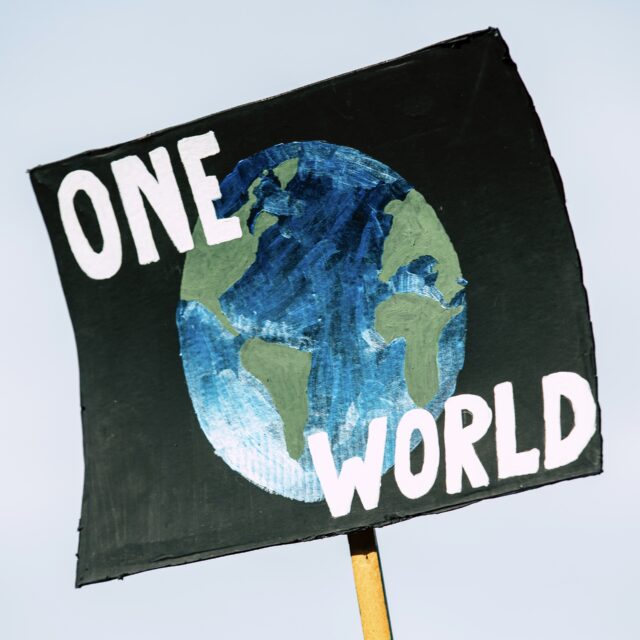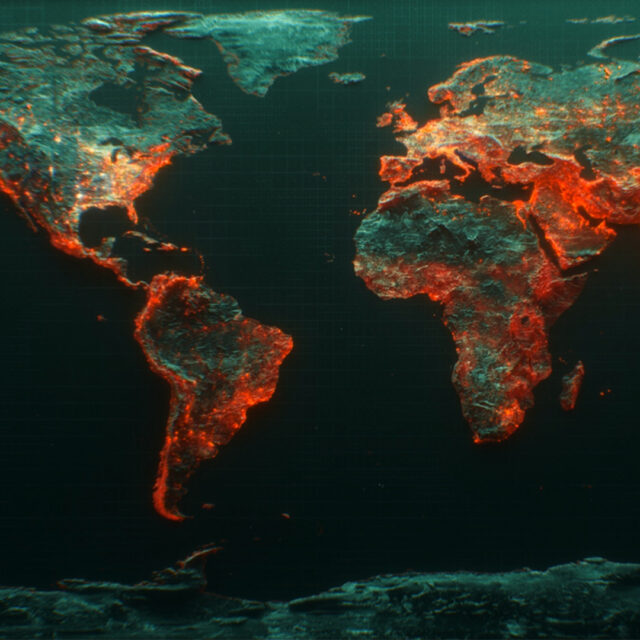We need a global roadmap to vaccinate the world — and we need it now. The scenes emerging from India are a harrowing reminder that unequal distribution of vaccines puts everyone at risk. More contagious forms of the virus are already evolving, increasing the risk of a new mutation that resists current vaccines.
Global access to vaccines is the fastest way to end the pandemic, but if rich countries monopolise supply and only vaccinate themselves, twice as many people could die — and the costs could stack up to an additional US$9 trillion. As of May 2021, just 0.3% of COVID-19 vaccines had been administered in low-income countries and COVID-19 deaths in low- and lower-middle-income countries now account for 30.7% of global deaths, compared to 9.3% a month ago.
That’s why the EU and its Member States must seize the opportunity of the Global Health Summit on 21 May and the 24-25 May European Council meeting by taking the following actions:
- Develop a global roadmap to vaccinate the world to reach global immunity as soon as possible, raising the level of ambition and offering the political leadership needed to deliver vaccines across the world. The EU and Member States should coordinate globally so that all efforts to deliver COVID-19 vaccines are mapped, mutually reinforcing, and avoid duplication. This strategy should include a comprehensive costing to show what it would take to vaccinate 70% of the world, and should also include analysis to identify gaps in supply, procurement, and resources needed in-country for the delivery for vaccines, treatments, and tests.
- Immediately contribute to the call for high-income countries to share 1 billion doses by September, and 2 billion by the end of the year, sharing surplus doses via, or in coordination with, COVAX. This year, EU Member States will have at least 690 million doses more than they need to vaccinate 100% of their populations, and in many EU Member States the supply of COVID-19 vaccines will soon outstrip demand. Several Member States have stepped up with commitments to share doses, other leaders should urgently follow in their footsteps. Unearmarked doses should be donated immediately, in parallel with national vaccination rollouts, or when countries have vaccinated 20% of their populations at the latest. Moving forward, the EU should avoid purchasing more doses than necessary to fully cover its own population, and should make its own contracts conditional upon pharmaceuticals making deals with COVAX at not-for-profit pricing.
- Contribute their fair share towards fully funding the current and future ACT-Accelerator funding gaps, estimated to be at least $66 billion, in 2021 and ensuring a fair distribution between the Therapeutics, Diagnostics and Vaccines Pillars, as well as the Health System Connector. The European Commission should contribute at least an additional €1.2 billion and all EU Member States should meet their fair share in financing for ACT-A. This is the best investment they can currently make. This should pave the way for the whole of the G7 to close the current funding gap of $18.5 billion by at least 60% as soon as possible.
- Support all means necessary to increase global supply of COVID-19 tools. It is imperative that governments and industry use every tool in their toolbox to dismantle the barriers that delay truly global access to COVID-19 vaccines, tests, and medicine. The world needs a total of 11 billion vaccine doses to achieve herd immunity, but according to estimates, we’re at best at a capacity level of 8.5 billion. The EU should lead the way on building a roadmap on producing those additional vaccine doses and future boosters, using all means necessary, both in lifting IP barriers and in ensuring sufficient manufacturing capacity. This could range from the temporary waiver of COVID-19 intellectual property rights, alongside additional licensing, technology transfers, and the elimination of trade-related barriers such as export bans. In parallel, the EU should launch an initiative to increase manufacturing capacity in LICs and LMICs, helping to bring private investors on board, and support the WHO’s mRNA Tech-Transfer Hub.
European leadership should take the fight against COVID-19 to the next level by taking urgent action now, with the aim to protect every person in the world, save the maximum amount of lives, and stop the spread of dangerous variants that will harm all of us. The world is playing catch-up on an equitable response. Now is the time for a reset with a strategic plan to reach 70% globally, dose sharing immediately, and investment in purchasing vaccines and other life saving tools — as well as action to kickstart medium-term supplies through licensing, tech transfer, and investment in production capacity. All these elements are needed.
It’s time for the EU’s leaders to deliver, at the Global Health Summit and at their Summit next week.
Friederike Roder is the vice president for global advocacy at Global Citizen, Eloise Todd is the co-founder of Pandemic Action Network, and Emily Wigens is the EU director at The ONE Campaign.



